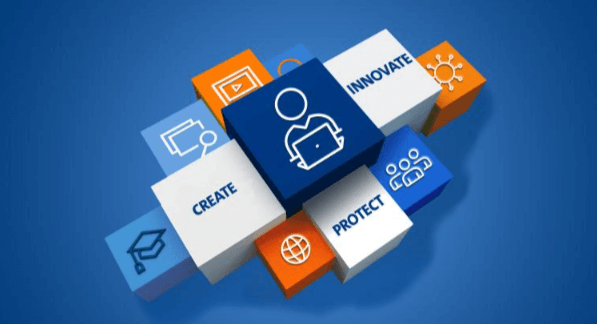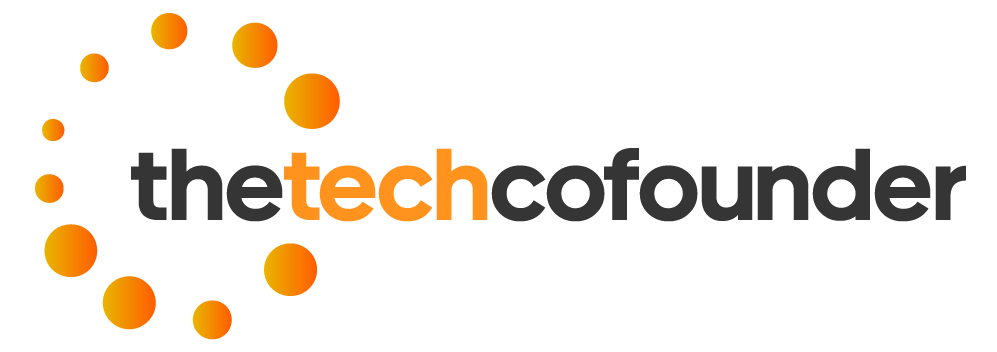Introduction:
In the digital age, software solutions have become integral to both personal and professional life. Whether you are managing a small business, organizing your personal projects, or streamlining workflows, the right software can make all the difference. In this guide, we will delve into the world of software keep, providing you with a thorough understanding of how to choose, use, and optimize software solutions to meet your needs.
Understanding Software Keep
What is Software Keep? Software Keep is a comprehensive term that refers to the practice of managing and maintaining software applications efficiently. It encompasses everything from the initial selection of software to ongoing maintenance, updates, and optimization. Proper software keep ensures that software runs smoothly, remains secure, and continues to meet user needs over time.
The Importance of Software Management Efficient software management is crucial for several reasons. It helps prevent software bloat, reduces security risks, and ensures that applications run efficiently. Proper management also involves keeping software updated, which can introduce new features and improve performance. Ultimately, good software keep leads to a more productive and secure computing environment.
Key Elements of Software Keep
- Selection: Choosing the right software based on your needs.
- Installation: Properly setting up the software.
- Maintenance: Regular updates and troubleshooting.
- Optimization: Ensuring the software runs at its best performance.
- Security: Keeping the software secure from vulnerabilities.
Choosing the Right Software
Assessing Your Needs Before selecting software, it’s crucial to understand your specific needs. Are you looking for project management tools, accounting software, or perhaps a CRM system? Define the tasks you need the software to perform and the problems you aim to solve.
Evaluating Software Options Once you know your needs, you can start evaluating different software options. Consider factors like ease of use, compatibility with your existing systems, cost, and customer support. Reading reviews and seeking recommendations can also provide valuable insights.
Trial and Testing Many software solutions offer free trials. Take advantage of these trials to test the software in your real-world environment. This will help you gauge whether it meets your needs and integrates well with your other tools.
Cost vs. Benefit Analysis Evaluate the cost of the software against the benefits it offers. Sometimes, investing in more expensive software can lead to long-term savings and increased productivity. Consider the total cost of ownership, including any recurring fees for updates or support.
Implementing and Using Software
Installation and Setup Once you’ve chosen your software, the next step is installation and setup. Follow the manufacturer’s instructions carefully to ensure a smooth installation process. This may include configuring settings, setting up user accounts, and integrating with other systems.
Training and Onboarding For software to be effective, users need to know how to use it. Invest time in training and onboarding to ensure everyone can utilize the software’s features. Many software vendors provide training resources, such as manuals, webinars, or in-person training sessions.
Ongoing Maintenance
Regular Updates Keeping software updated is crucial for security and performance. Enable automatic updates if available, and regularly check for new versions or patches. Updates often fix bugs, close security loopholes, and introduce new features.
Troubleshooting Common Issues Even well-maintained software can encounter issues. Develop a troubleshooting guide for common problems, and ensure you have access to customer support. Being proactive in addressing issues can prevent minor problems from becoming major disruptions.
Optimizing Software Performance
System Compatibility Ensure that your hardware and other software are compatible with the software you are using. Incompatibility can lead to performance issues or system crashes. Regularly check the system requirements and upgrade your hardware if necessary.
Resource Management Software can consume significant system resources. Monitor resource usage and adjust settings to optimize performance. This might include allocating more memory to the software or closing unnecessary background applications.
Enhancing Security
Implementing Security Measures Security is a critical aspect of software keep. Implement security measures such as firewalls, antivirus software, and encryption to protect your data. Regularly update passwords and ensure that only authorized users have access to sensitive information.
Monitoring for Vulnerabilities Stay informed about potential security vulnerabilities in your software. Subscribe to security bulletins and alerts from software vendors. Promptly apply security patches and updates to mitigate risks.
Benefits of Effective Software Keep
Increased Productivity Well-managed software can significantly boost productivity by streamlining workflows and automating tasks. This allows you to focus on more strategic activities rather than dealing with software issues.
Cost Savings Effective software keep can lead to cost savings by reducing downtime, minimizing the need for extensive IT support, and avoiding expensive emergency repairs. It also extends the lifespan of your software investments.
Enhanced Security By keeping software updated and implementing robust security measures, you can protect your data from cyber threats. This reduces the risk of data breaches, which can be costly and damaging to your reputation.
Improved User Experience Properly maintained software provides a better user experience. It runs smoothly, integrates well with other systems, and offers the features users need. This leads to higher satisfaction and productivity.
Future Trends in Software Keep
Automation and AI Automation and artificial intelligence (AI) are transforming software keep. Automated tools can handle routine maintenance tasks, such as updates and security scans, reducing the workload on IT staff. AI can also predict and address potential issues before they become critical.
Cloud-Based Solutions Cloud-based software is becoming increasingly popular due to its flexibility and scalability. Managing software in the cloud simplifies updates and maintenance, as vendors can push updates directly to users. It also enables remote access and collaboration.

Enhanced Security Measures As cyber threats become more sophisticated, security measures for software keep are evolving. Advanced encryption, multi-factor authentication, and real-time threat detection are becoming standard practices to safeguard data.
Conclusion Effective software keep is essential for maximizing the benefits of your software investments. By choosing the right software, maintaining it properly, and optimizing its performance, you can enhance productivity, reduce costs, and improve security. As technology continues to evolve, staying informed about the latest trends and best practices in software keep will ensure that your software solutions remain effective and secure.
FAQs
What is software keep? Software keep refers to the practice of managing, maintaining, and optimizing software applications to ensure they run efficiently, remain secure, and continue to meet user needs.
Why is regular software maintenance important? Regular maintenance helps prevent software bloat, reduces security risks, and ensures that applications run efficiently. It also involves applying updates that can introduce new features and improve performance.
How do I choose the right software for my needs? Start by assessing your specific needs, then evaluate different software options based on ease of use, compatibility, cost, and customer support. Take advantage of free trials to test the software in your environment.
What are the key elements of effective software keep? The key elements include selection, installation, maintenance, optimization, and security. Each element plays a crucial role in ensuring that software remains effective and secure.
How can I optimize software performance? Ensure system compatibility, manage resource usage, and regularly update the software. Monitoring and adjusting settings can help optimize performance and prevent issues.
What trends are shaping the future of software keep? Automation, AI, cloud-based solutions, and enhanced security measures are key trends shaping the future of software keep. These technologies are making software management more efficient and secure.







